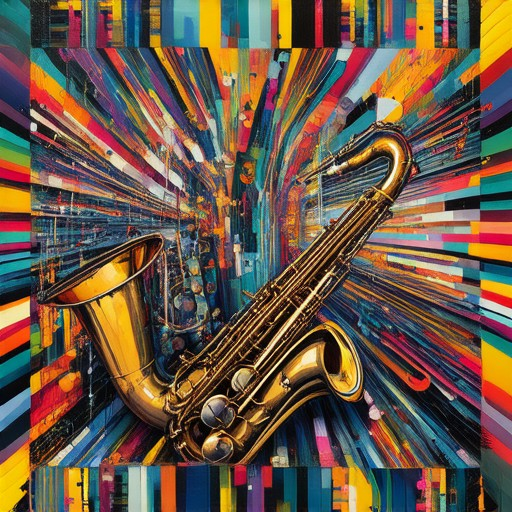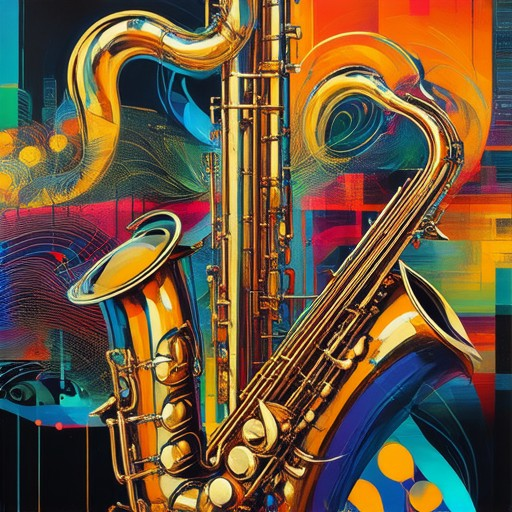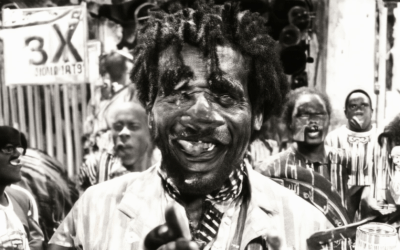Jazz fusion, a genre that seamlessly blends jazz with rock, funk, and world music, has been shaped by some of the most innovative and influential producers in history. From the groundbreaking work of Herb Alpert to the experimental explorations of Miles Davis, jazz fusion has evolved over the decades, thanks to the visionary efforts of notable producers who pushed boundaries and redefined the genre. These producers, whose contributions span eras and styles, have not only left an indelible mark on jazz fusion but have also inspired countless artists to follow in their footsteps. Whether it’s the pioneering spirit of Weather Report or the genre-blurring experiments of Steely Dan, the work of these producers continues to resonate with audiences and critics alike. In this article, we dive deep into the lives and legacies of these jazz fusion visionaries, celebrating their creativity and the lasting impact they’ve had on one of music’s most dynamic genres.
Key Takeaways
– Pioneers of Jazz-Rock Fusion: Trailblazers who merged jazz improvisation with rock music, creating a groundbreaking genre that redefined musical boundaries.
– Father of Jazz Fusion: Miles Davis revolutionized the genre in the late 1960s and early 1970s, setting the stage for its evolution and influencing modern music.
– Influence Beyond Borders: Despite primarily identifying as a rock band, Steely Dan left a significant mark on jazz fusion, particularly with tracks like Aja.
– Genre Evolution: Their sophisticated arrangements and style bridged rock and jazz, inspiring countless musicians and shaping the sound of contemporary music.

Artist Known for Fusion Jazz
Miles Davis is widely recognized as a pioneer in the genre of fusion jazz. His 1969 album In a Silent Way is often cited as his first venture into fusion, blending jazz with elements of rock and classical music. This album featured collaborations with notable figures like Herbie Hancock, Tony Williams, Wayne Shorter, Joe Zawinul, and John McLaughlin, all of whom are significant names in the fusion movement.
- Miles Davis – Known for pioneering fusion jazz with albums like In a Silent Way .
- Herbie Hancock – A prominent figure in fusion, contributing keyboards and compositions.
- John McLaughlin – Renowned guitarist and bandleader, known for his work with the Mahavishnu Orchestra and other projects.
- Wayne Shorter – Celebrated saxophonist who played a key role in shaping fusion music.
- Chick Corea – Acclaimed pianist and composer, known for his innovative approach to fusion jazz.
Fusion jazz emerged in the late 1960s and early 1970s, combining elements of jazz, rock, and sometimes classical music. These artists pushed boundaries, creating complex arrangements and exploring new musical territories. Their influence continues to resonate in contemporary jazz and beyond.
Who is the Godfather of Jazz Fusion?
Larry Coryell is widely regarded as the “Godfather of Jazz Fusion.” His innovative approach to blending jazz with rock and other genres significantly influenced the development of the fusion movement.

Who is the most famous jazz producer?
The most famous jazz producer is Quincy Jones.
Quincy Jones is renowned for his work in music production, having produced iconic albums for artists like Michael Jackson, Frank Sinatra, and Janet Jackson. His contributions span several decades and genres, making him a standout figure in the music industry.
Other notable jazz producers include:
- Herbie Hancock
- Stevie Wonder
- Miles Davis
- Duke Ellington
Each of these producers has left an indelible mark on the jazz world through their unique styles and collaborations.

Who Are the Pioneers of Jazz-Rock Fusion?
The pioneers of jazz-rock fusion were trailblazers who merged jazz improvisation with rock music, creating a groundbreaking genre that redefined musical boundaries. Among the most influential figures were:
- Miles Davis : Known for his innovative approach, Davis popularized fusion through albums like A Tribute to Jack Johnson and Big Band with his band featuring players like John McLaughlin, Chick Corea, and Wayne Shorter.
- John McLaughlin : As leader of the Mahavishnu Orchestra, McLaughlin pioneered fusion with his virtuosic playing and compositions, blending rock energy with jazz complexity.
- Chick Corea : A prominent figure in Davis’ bands, Corea later founded Return to Forever, showcasing his mastery of fusion by combining jazz, rock, and classical elements.
- Wayne Shorter : Known for his work with Davis and later as a leader of Weather Report, Shorter’s compositions fused jazz with rock, creating memorable tracks like “Shorter’s Blues.”
- Herbie Hancock : Transitioning from Miles Davis’ band, Hancock’s solo projects like Miles Davis explored fusion, blending jazz with rock and funk influences.
- Steve Hackett : Known for his work with Genesis and side-project Gnidrolog, Hackett’s guitar work exemplified the fusion of jazz and rock.
- Larry Coryell : As leader of Coryell, Morgen, and White, Coryell’s innovative approach to fusion brought together jazz and rock elements.
- Henry Cow : Renowned for their avant-garde approach, Henry Cow’s integration of jazz and rock influenced numerous musicians in the genre.
These artists didn’t just merge genres; they created something entirely new, inspiring a generation of musicians to explore the boundaries of jazz and rock. Their contributions laid the foundation for the evolution of jazz-fusion, shaping the sound of modern music.
The Father of Jazz Fusion
Jazz fusion is a genre that emerged in the late 1960s and early 1970s, blending jazz with elements from rock, funk, and even classical music. Among its pioneers, Miles Davis is widely regarded as the father of jazz fusion. His innovative approach during this era set the stage for the development of the genre.
Davis began experimenting with non-traditional structures and incorporating elements from rock and funk into his music. Collaborating with musicians like Herbie Hancock and John McLaughlin , he created groundbreaking albums such as A Tribute to Jack Johnson and In Concert . These works showcased his ability to fuse jazz with various styles, making him a trailblazer in the genre.
While artists like Weather Report would later become prominent in the jazz fusion scene, Miles Davis’ contributions during this transformative period solidified his status as a pioneer. His influence extended beyond jazz, impacting genres like rock and funk, and leaving a lasting legacy in music history.

Is Steely Dan Jazz Fusion?
Steely Dan is not traditionally classified as a jazz fusion band, despite their significant influence on the genre. While their music incorporates elements of jazz, such as complex harmonies and improvisation, they are primarily recognized as a rock band with a unique blend of rock, jazz, and funk influences.
However, their work does draw parallels to jazz fusion, particularly in tracks like Aja , which features extended solos and intricate arrangements. This track is often highlighted as a standout example of their ability to merge rock with jazz elements.
While Steely Dan’s style straddles multiple genres, their primary identity lies in their rock-oriented approach. Their music serves as a bridge between rock and jazz, showcasing their ability to adapt and innovate across different styles.
Conclusion
Steely Dan’s relationship with jazz fusion is nuanced, as they primarily identify as a rock band but have certainly drawn inspiration from and influenced the genre through their sophisticated arrangements and blending of styles.





0 Comments